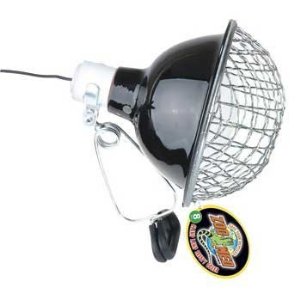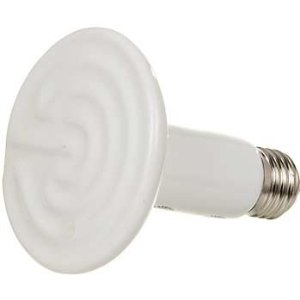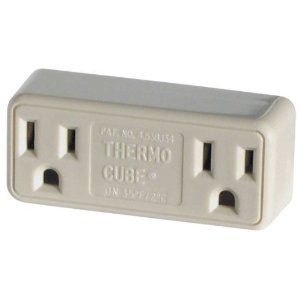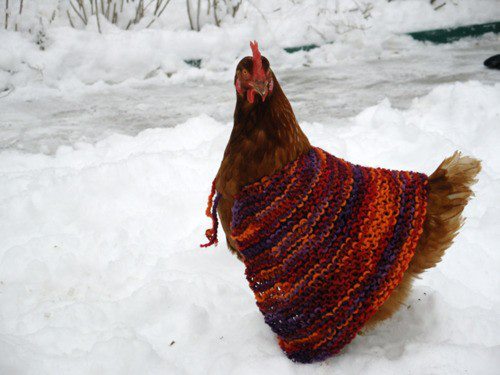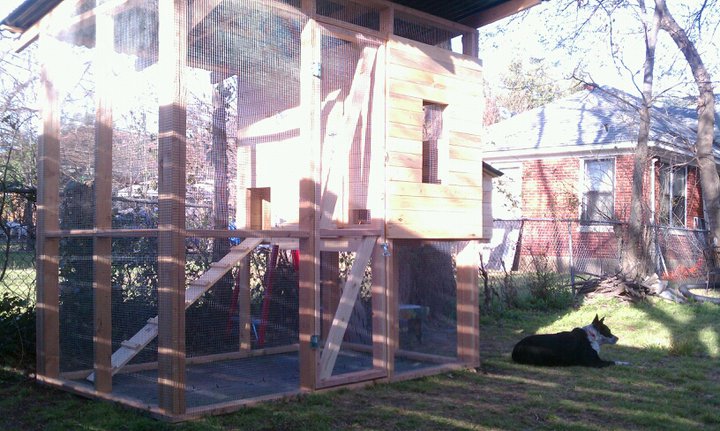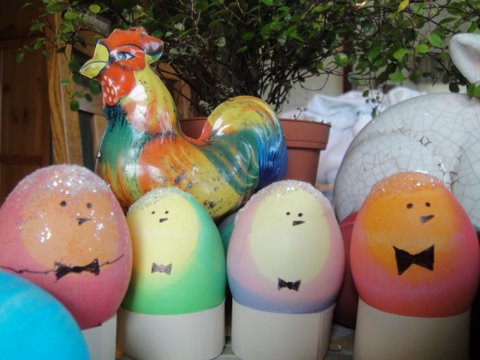Trying to figure out how to garden with chickens can be problematic. Here are some tips from Storey's Guide to Raising Chickens. Whatever system you use, keep chickens away from crops you plan to eat to avoid contamination with droppings that may carry salmonella, E.coli, or to other pathogens harmful to humans. Pathogens may absorb into a plants cells, where they can not be washed off. To be on the safe side, for root crops and any other crop in which the edible portions touches soil, keep chickens away for 120 days; for crops without soil contact, 90 days is sufficient.
- Divide the garden area in two with the chicken house in the middle. Garden on one side and confine the chickens to the other, alternating these uses annually.
- Build a portable shelter to fit over raised beds so you can rotate the birds along with your veggies.
- Choose a breed with heavy leg feathering, since they tend to scratch less than others and will do less damage.
- Let the chickens into your garden late in the day, giving them an hour or so to glean bugs and nip leaves but not enough time to do serious damage before they're ready to go to roost (keep them out while tomatoes are on the vine, though, as birds invariably make a beeline for the tomatoes)
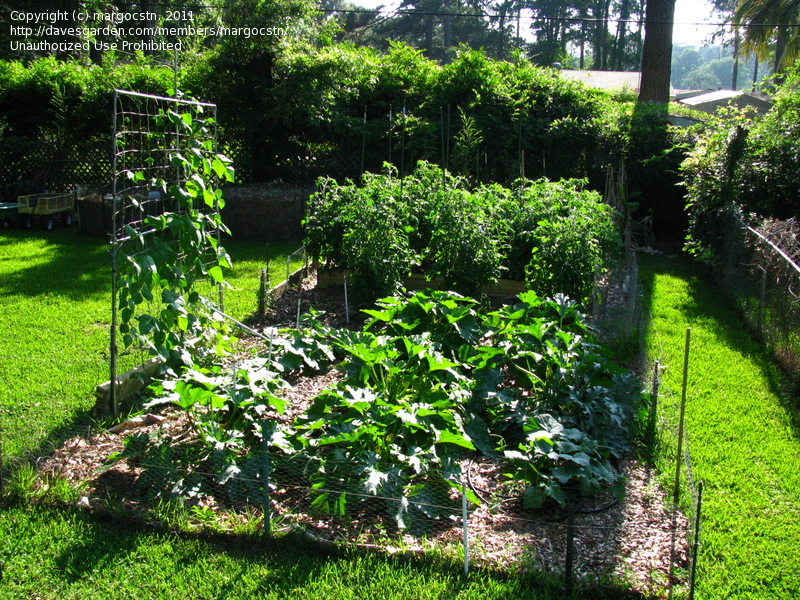

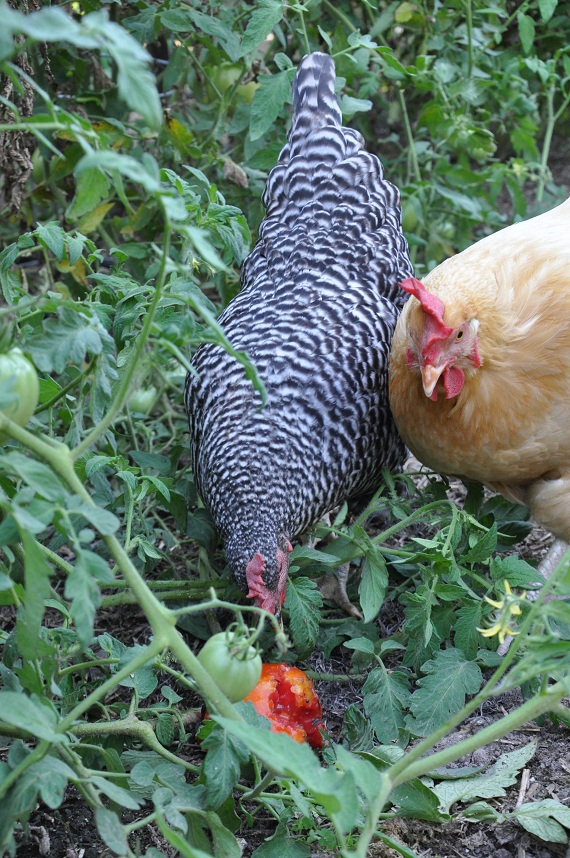

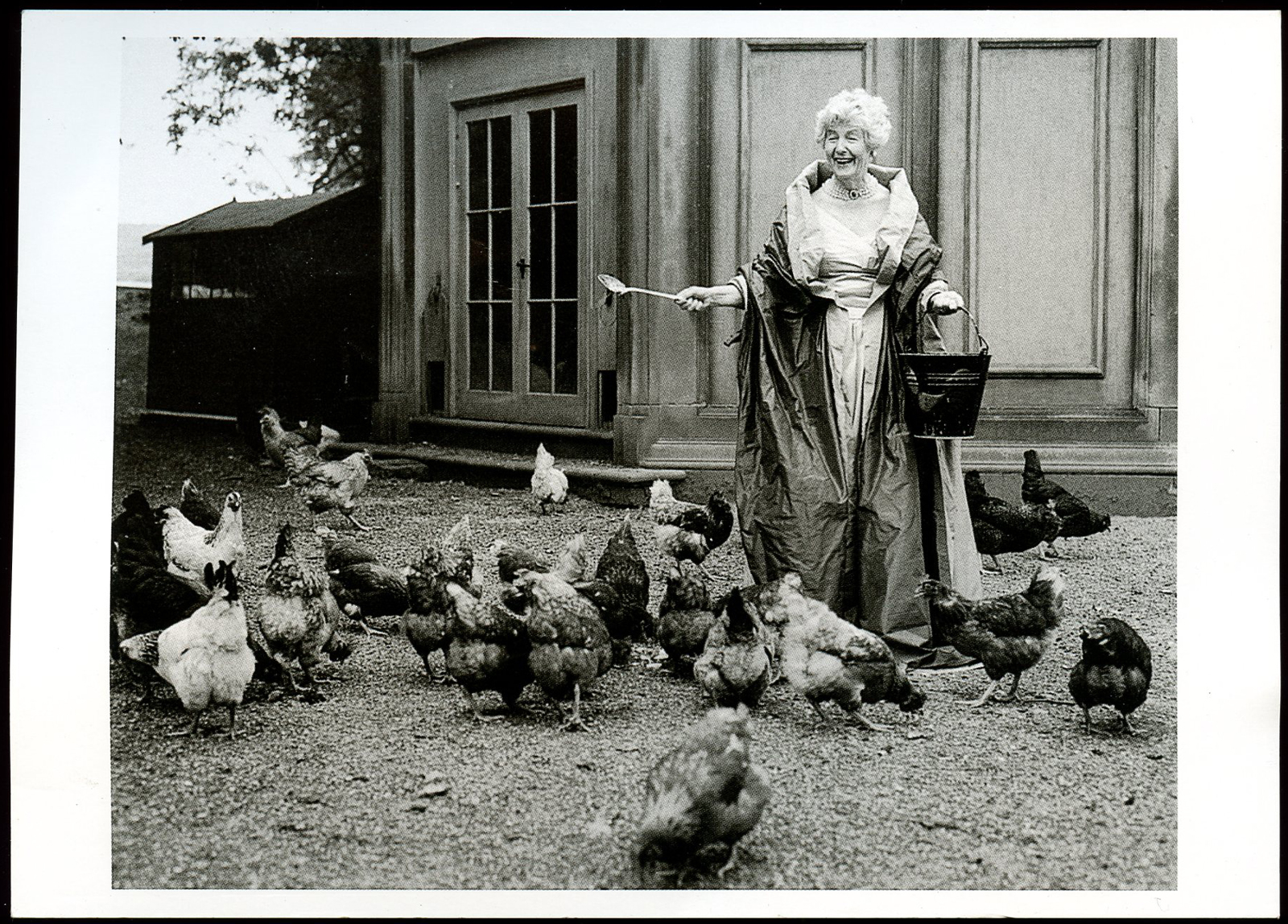
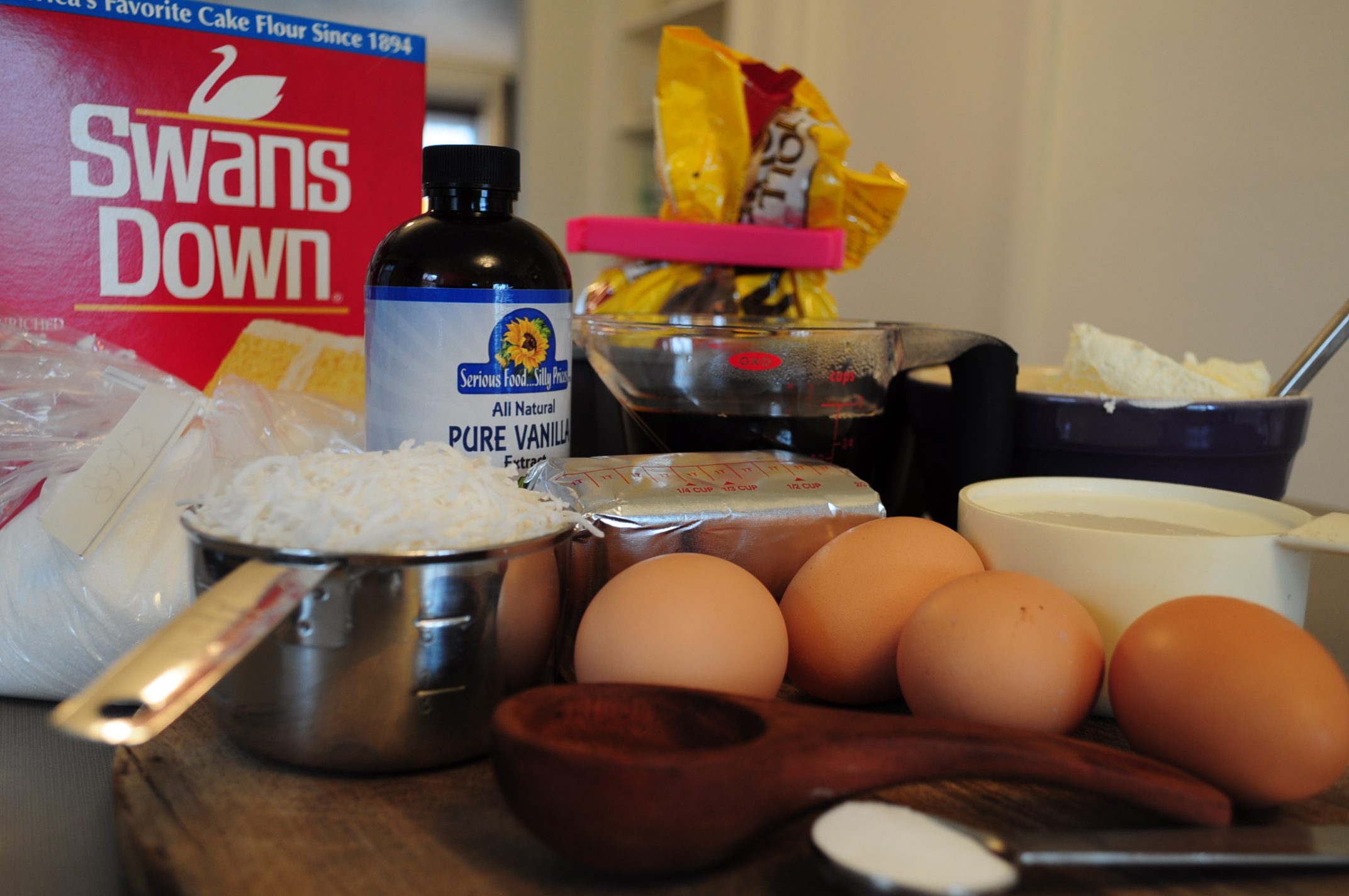
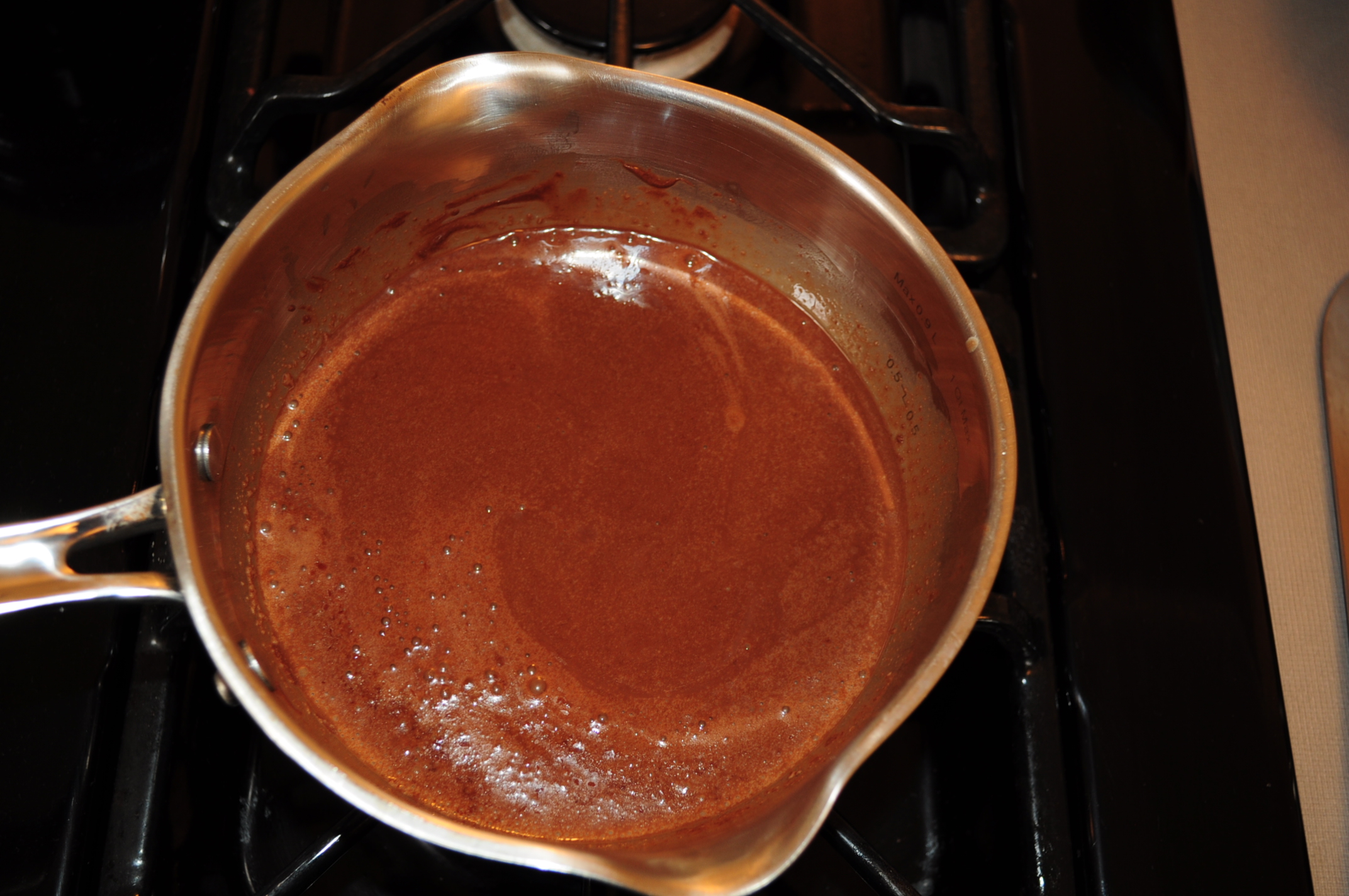
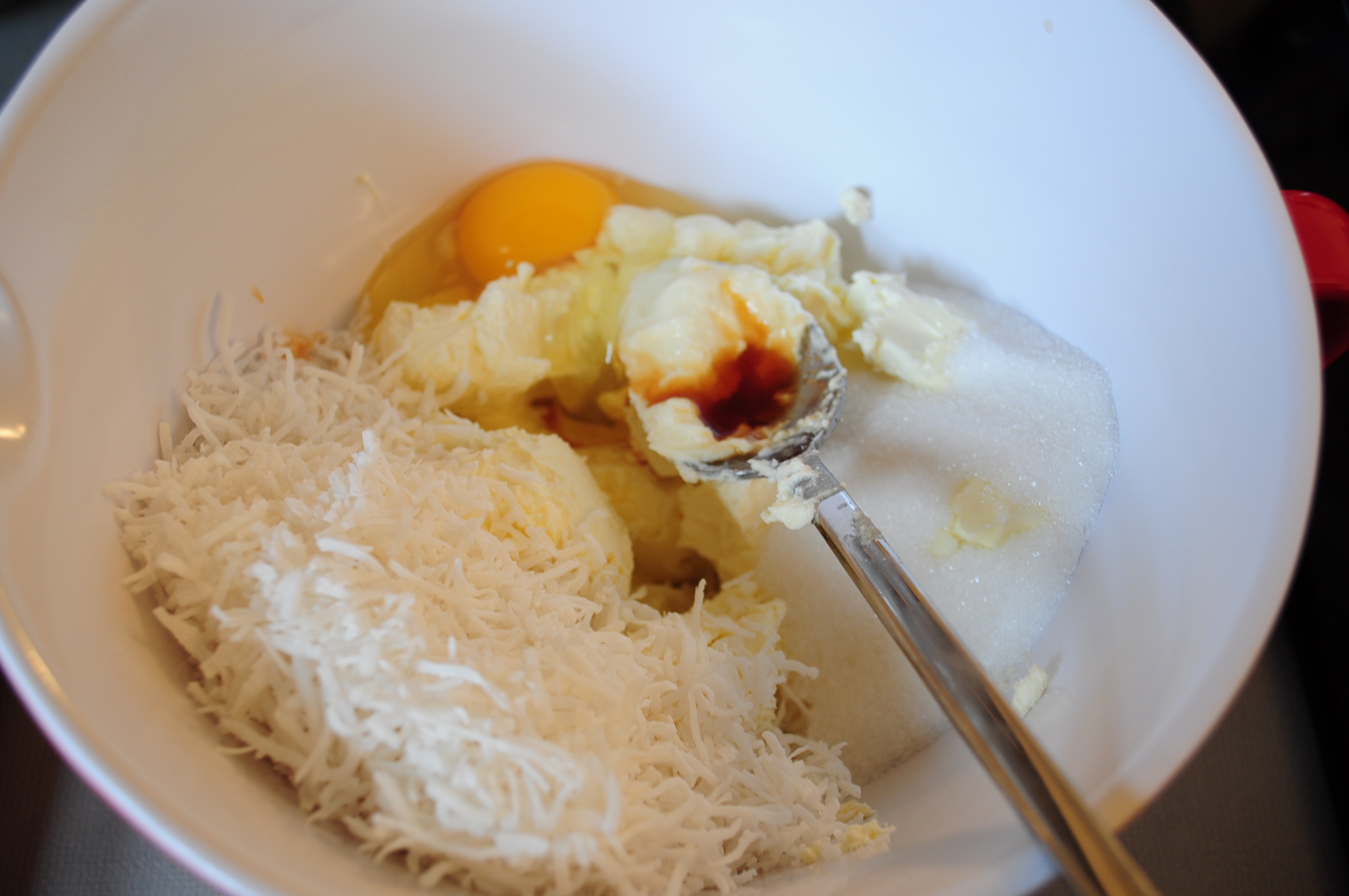
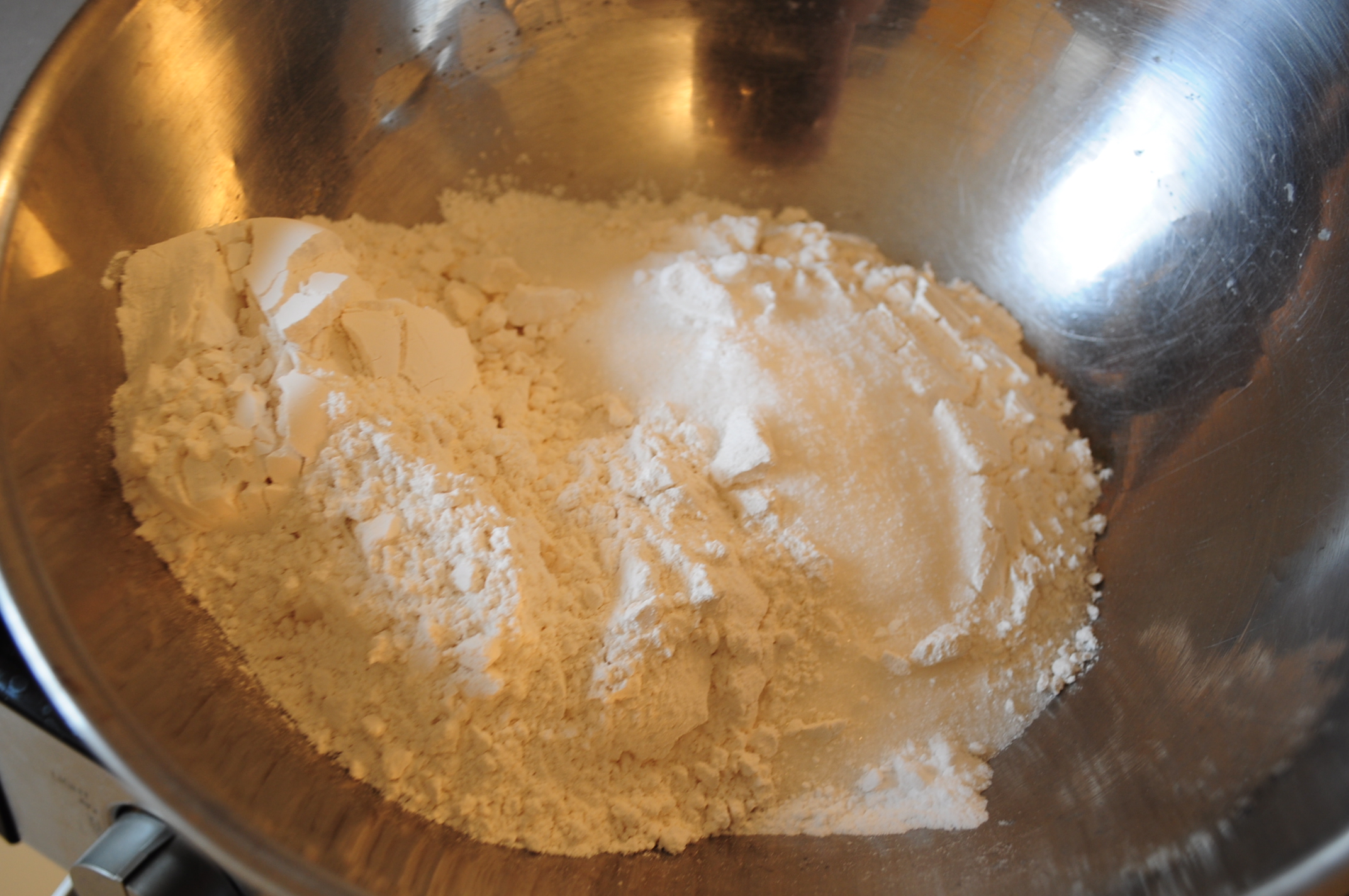
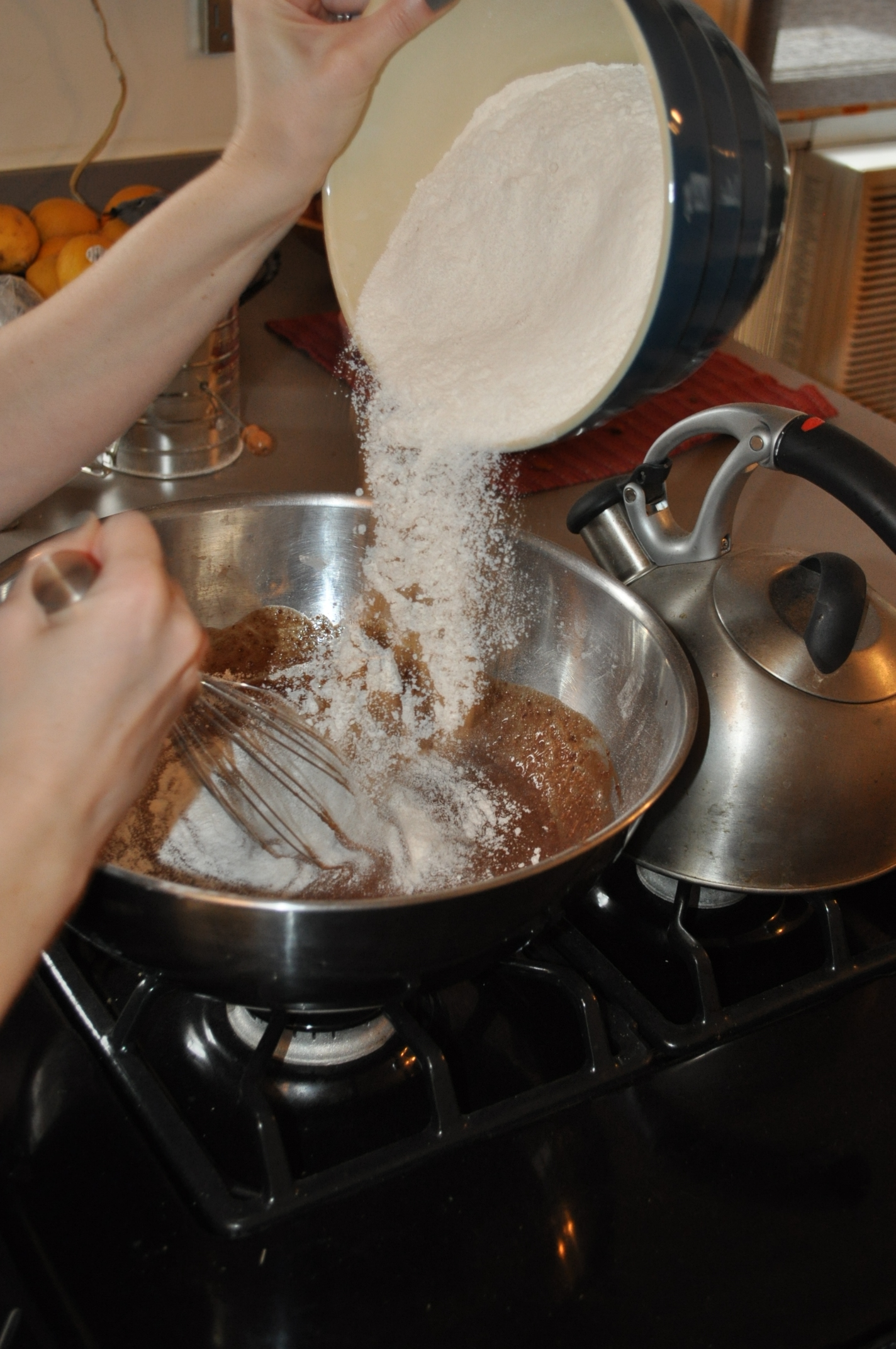
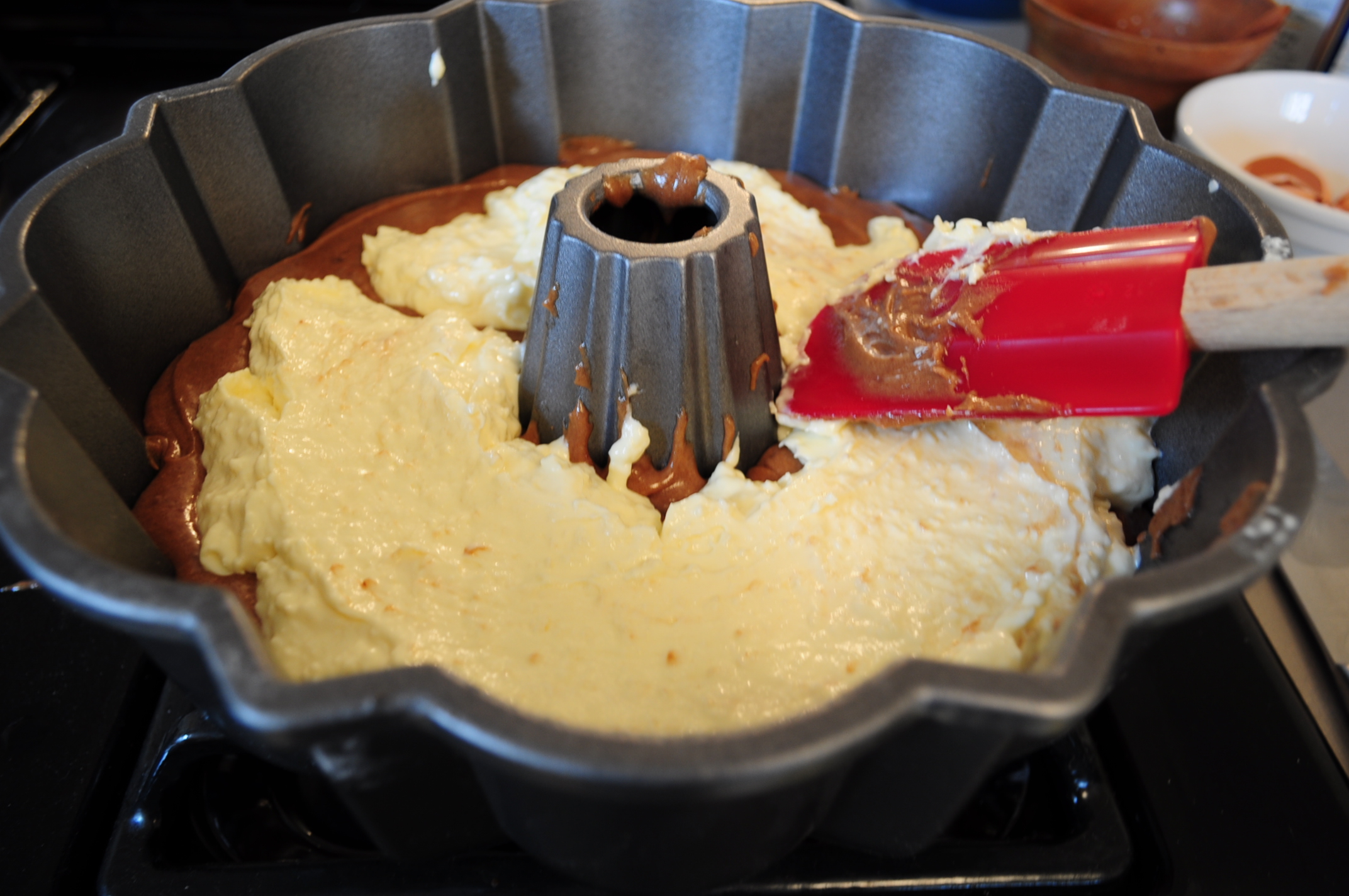
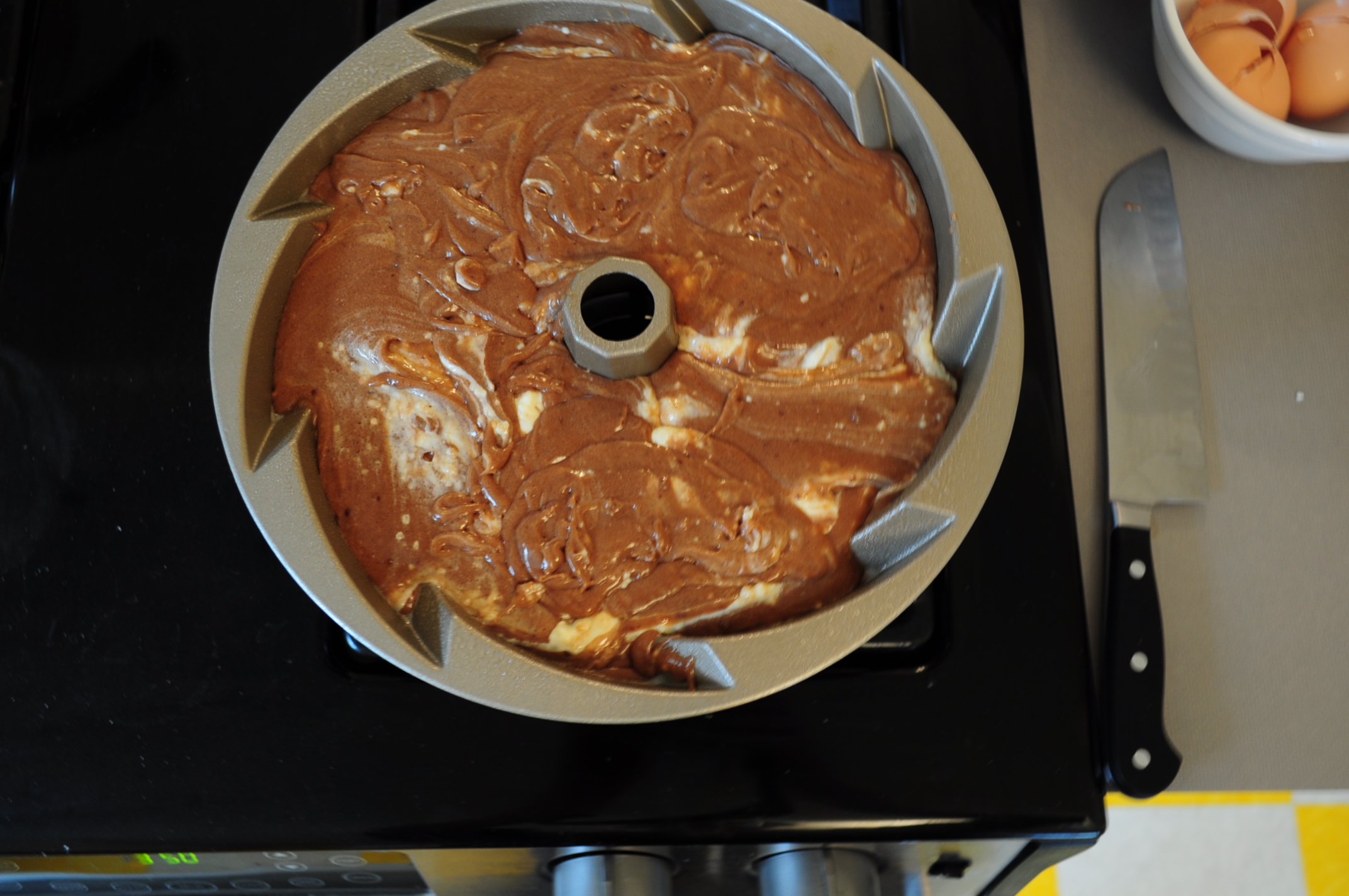
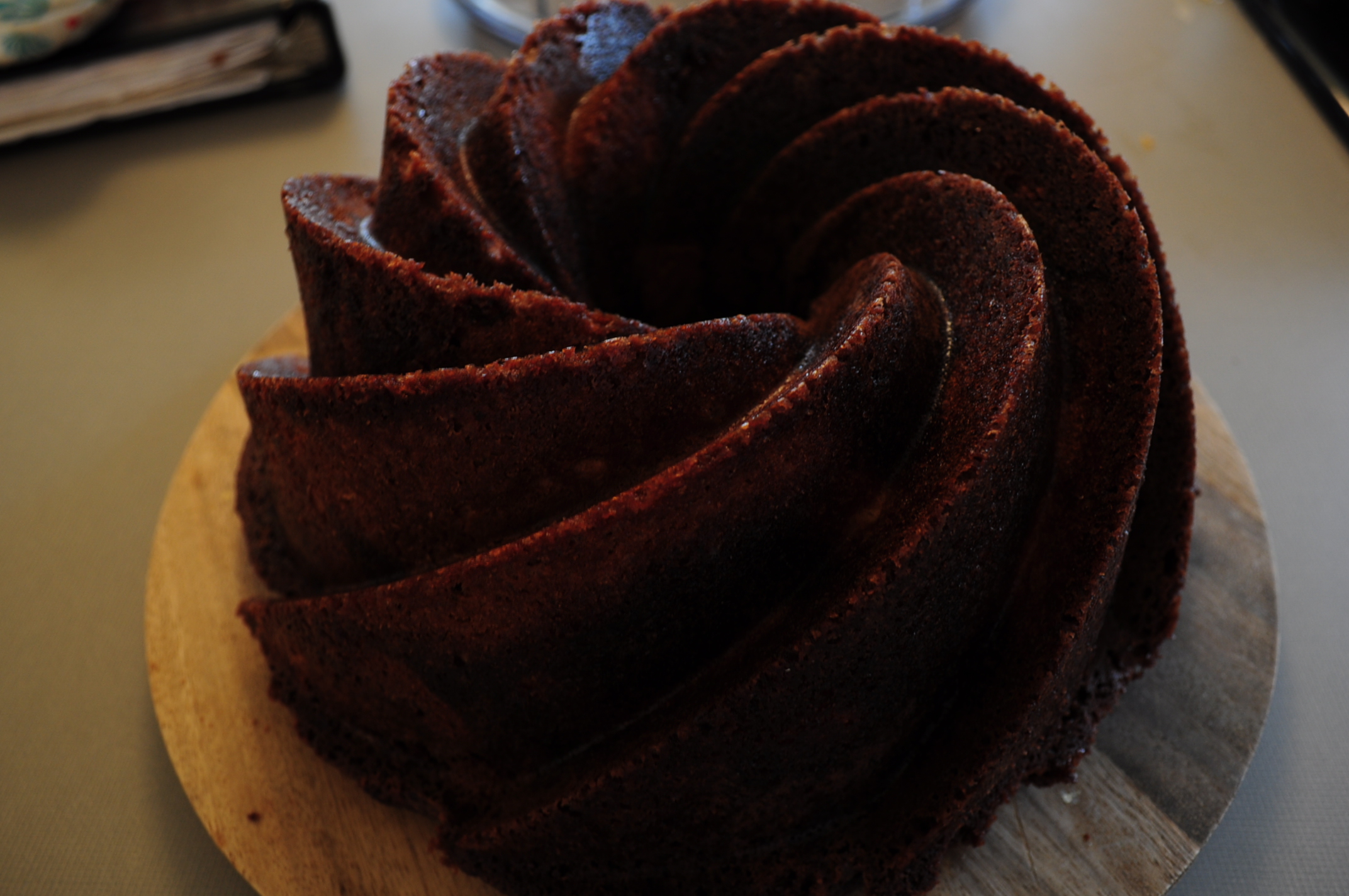
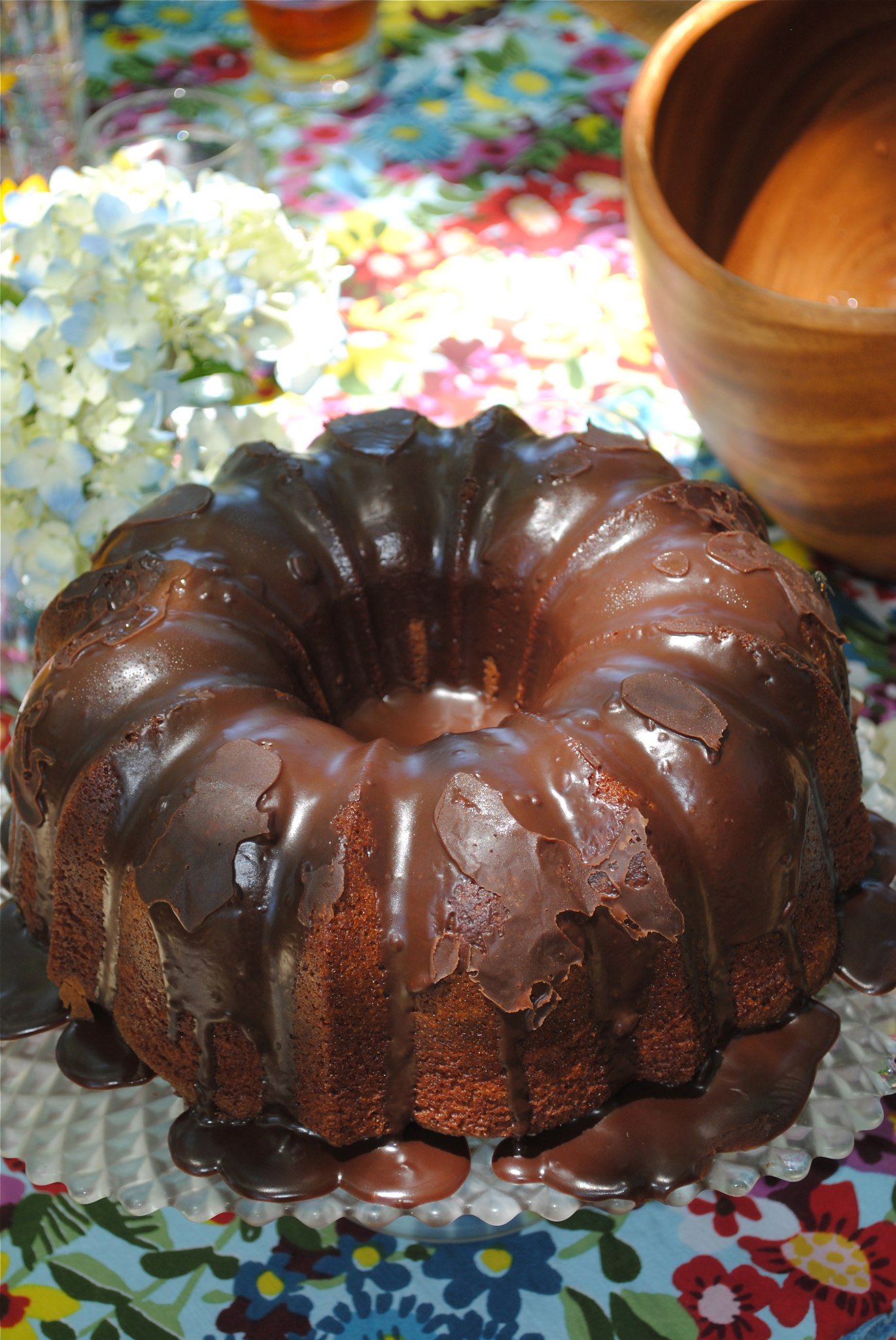
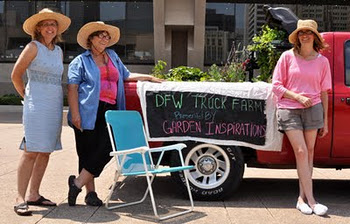
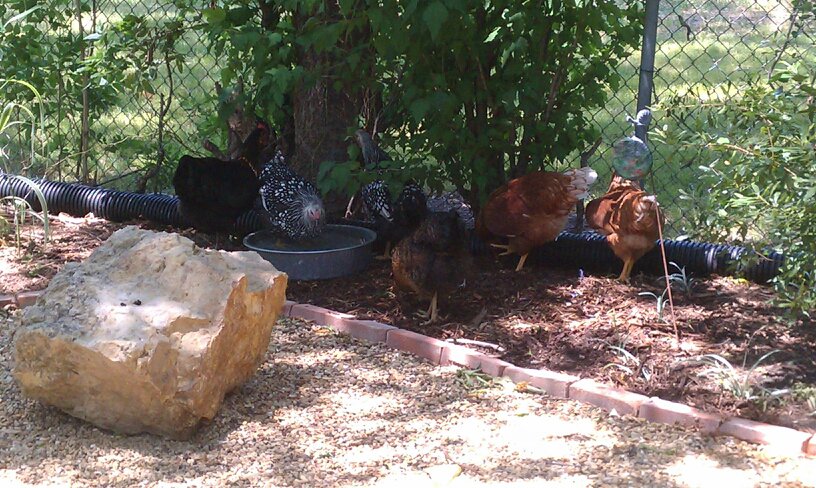
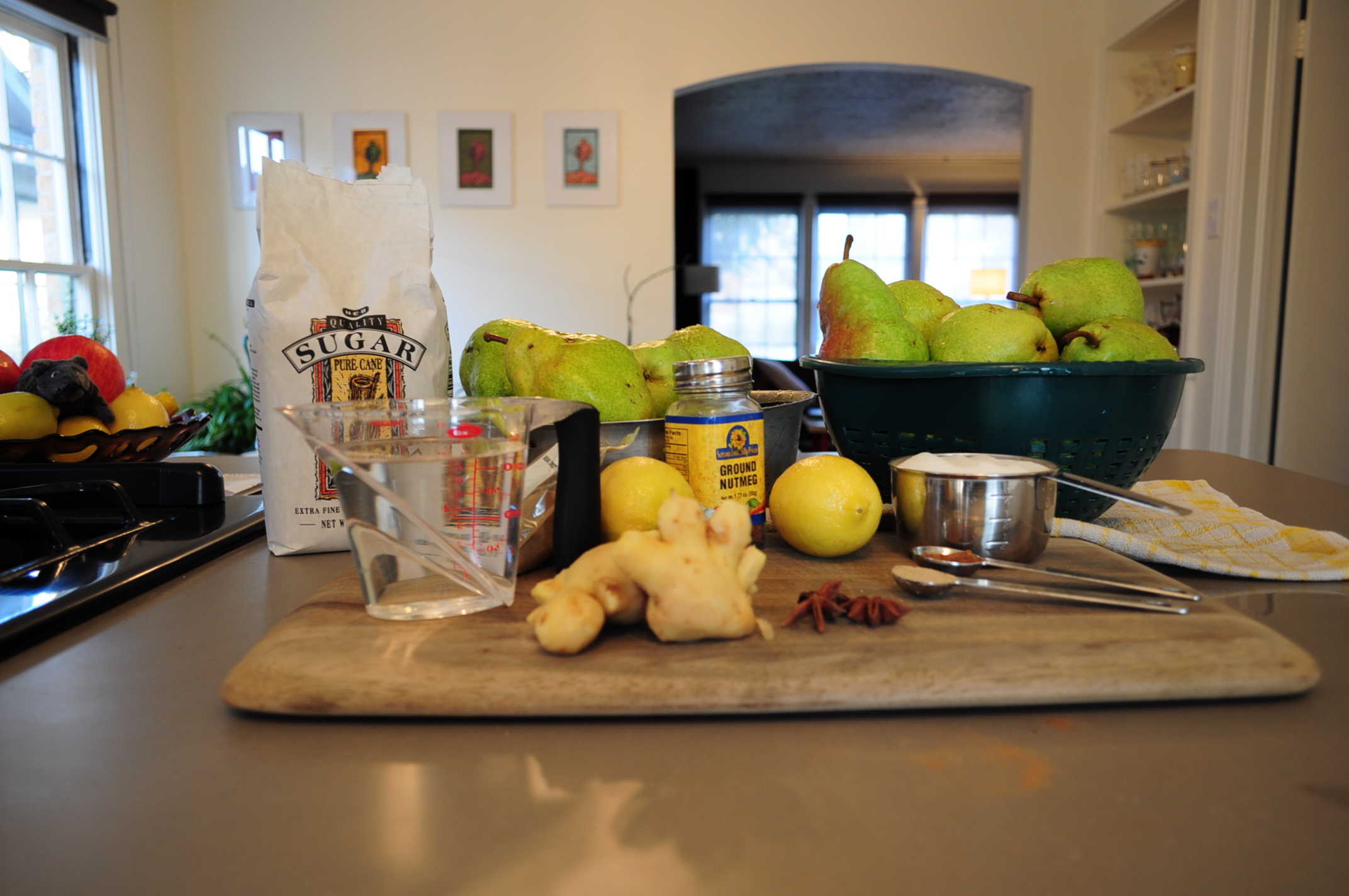


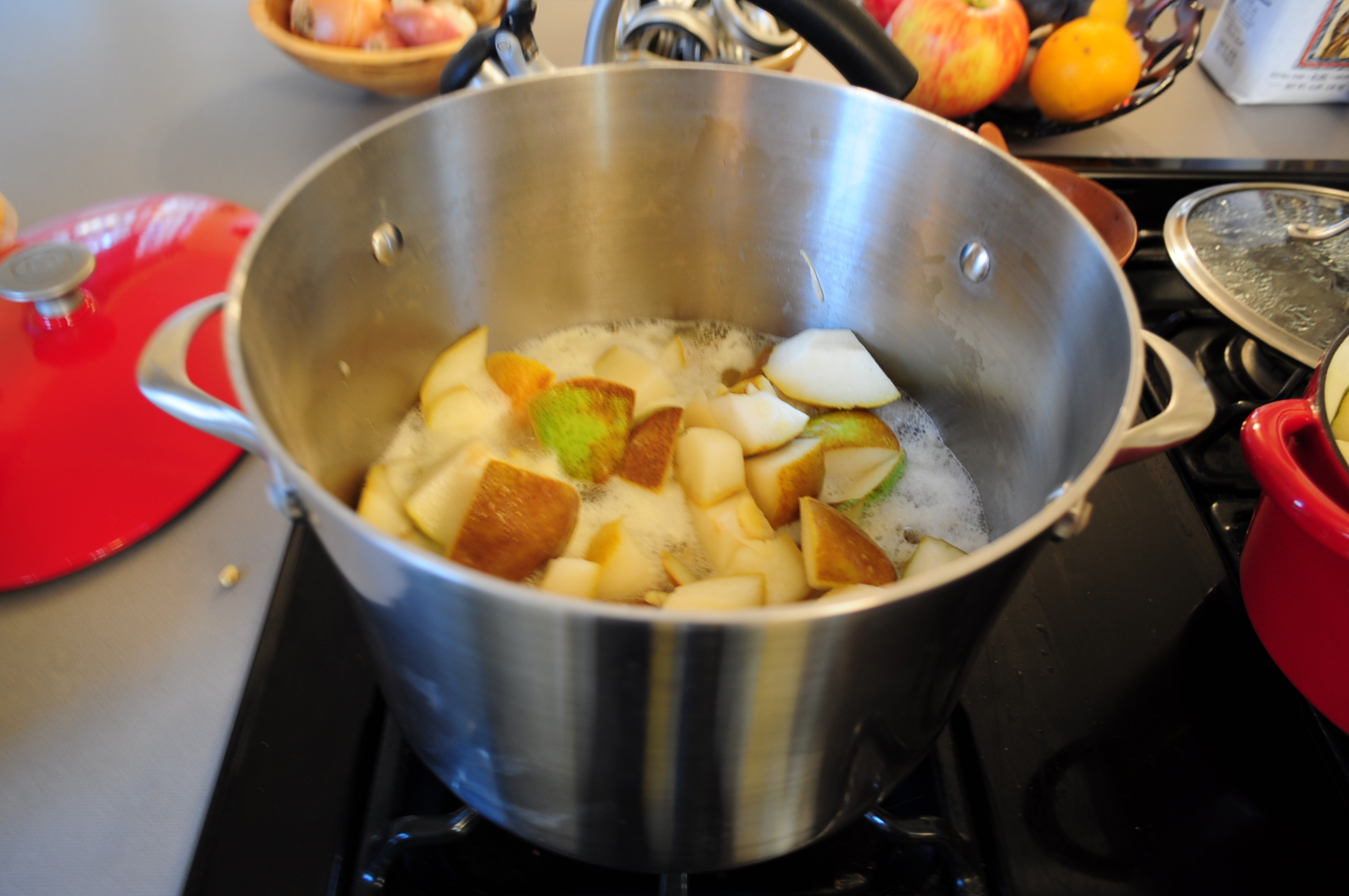



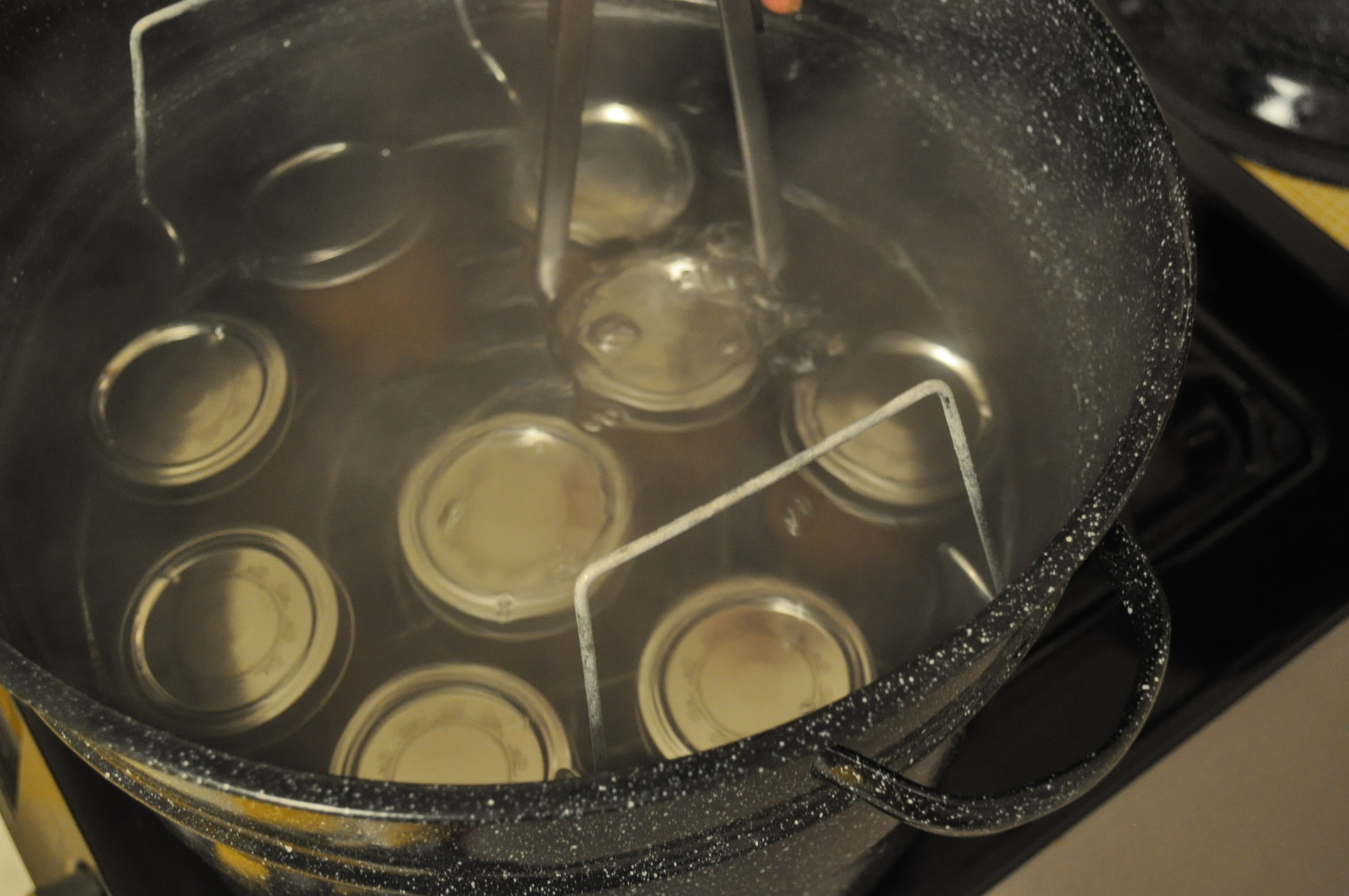

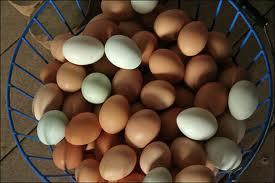 Q. Should wash my eggs in hot water?
Q. Should wash my eggs in hot water?
